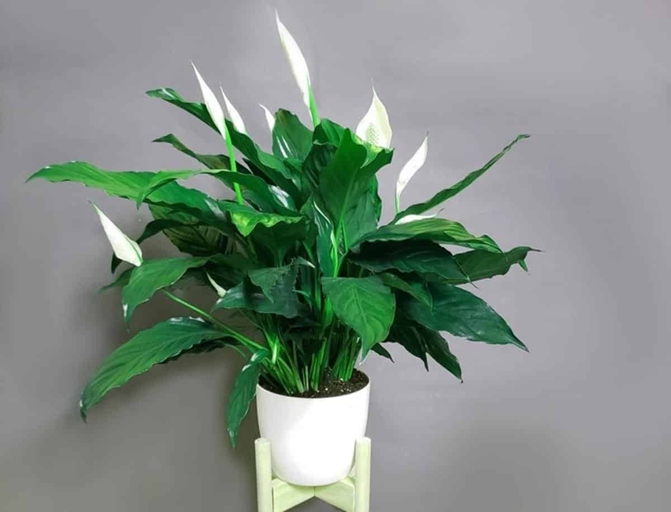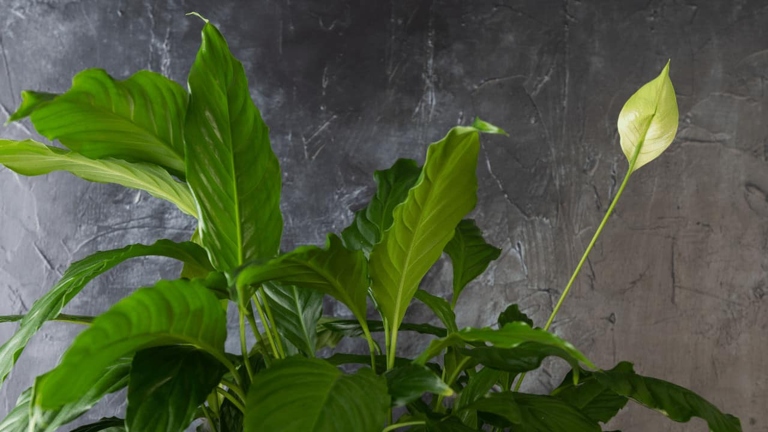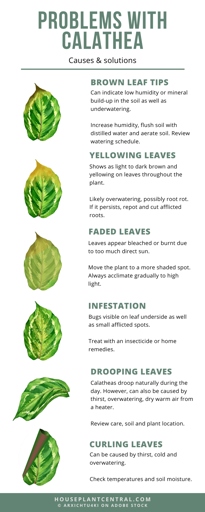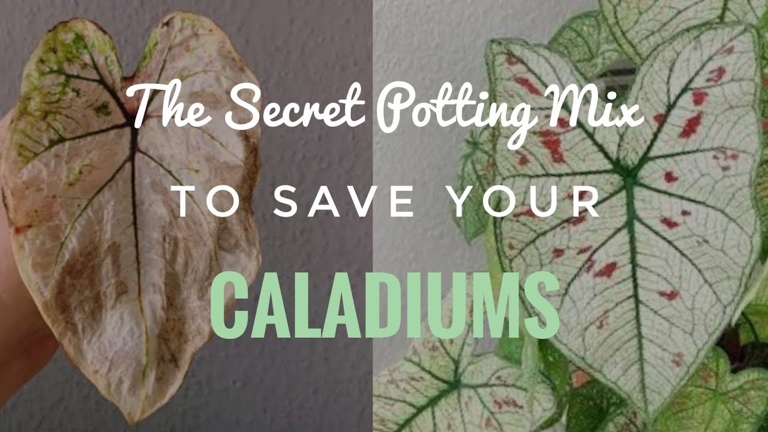11 Causes of Peace Lily Flowers Turning Brown or Black (Fixed!)
If your peace lily’s leaves are turning brown or black, don’t despair. There are a number of possible causes, and many of them are easily fixed. In this article, we’ll explore 11 of the most common reasons for peace lily leaves to turn brown or black, and how to fix them. With a little care and attention, your peace lily can be healthy and beautiful again in no time.










